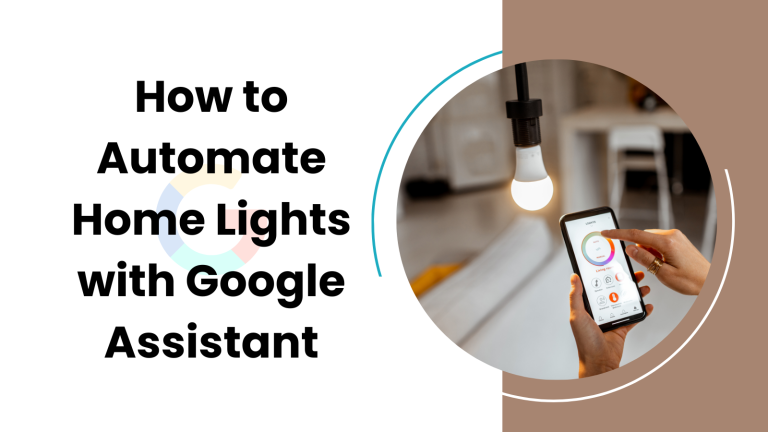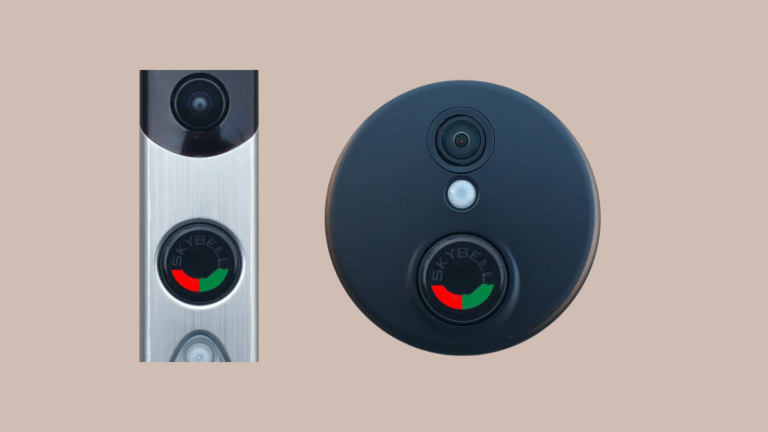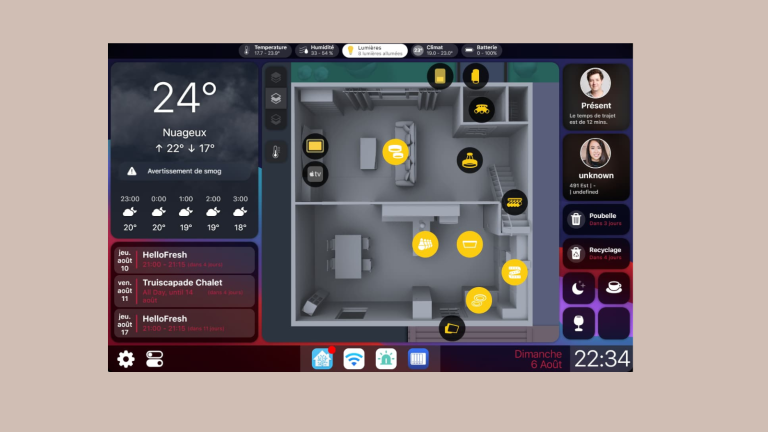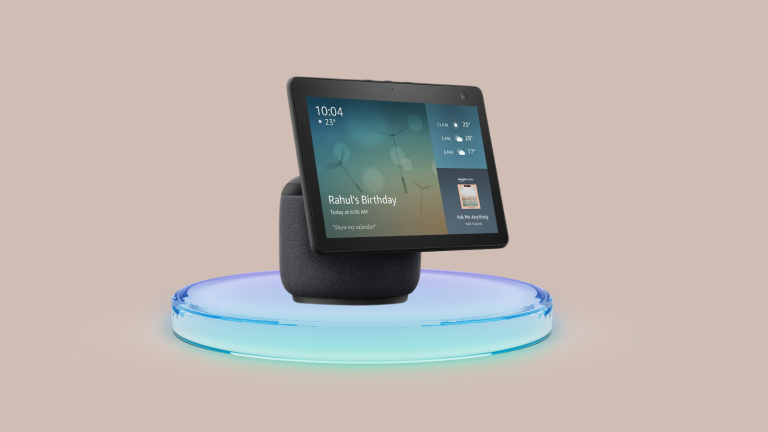Best Zigbee Hub for Home Assistant 2023
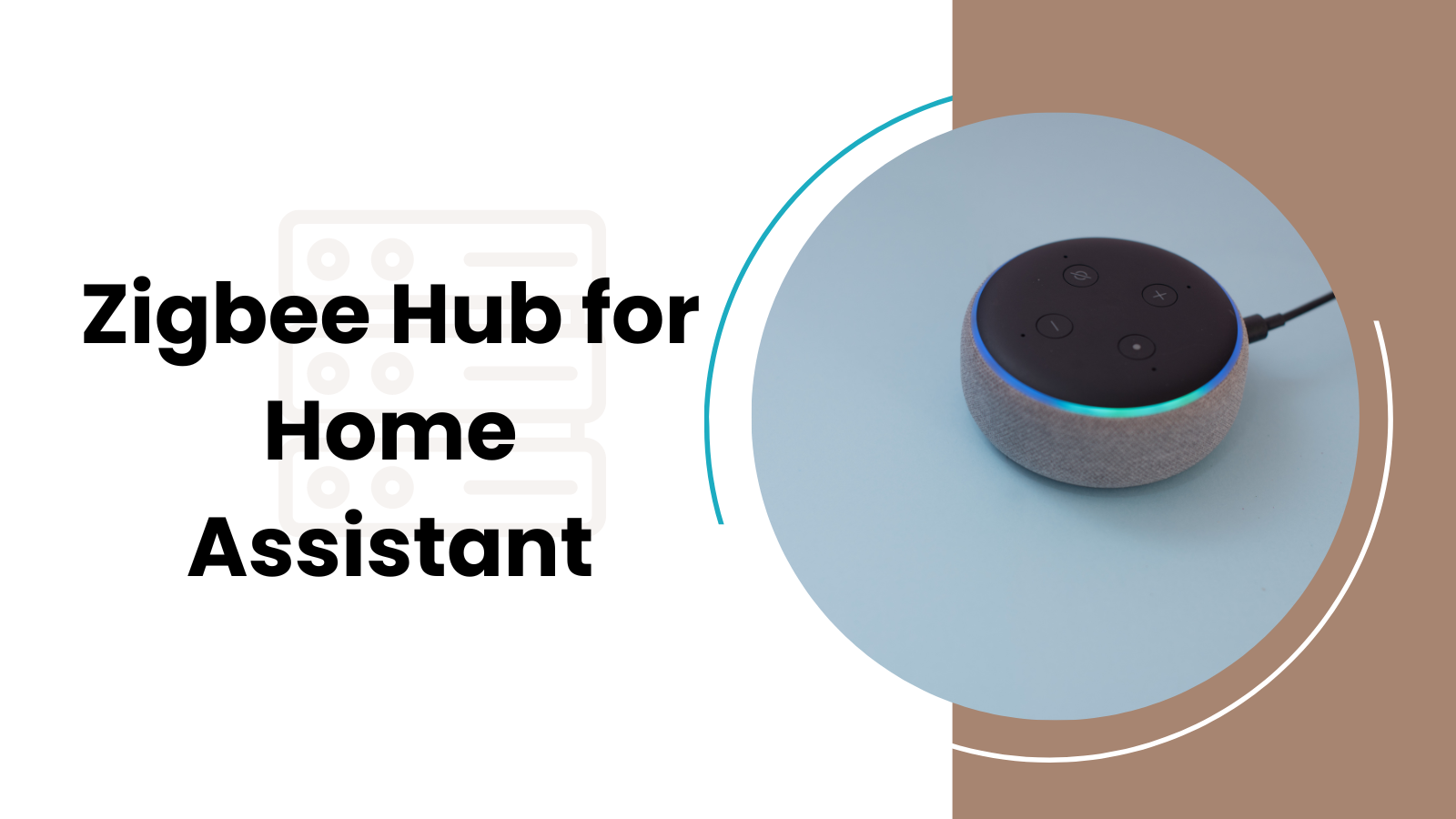
Looking for the perfect brain for your smart home setup? Wondering which Zigbee hub will be the best fit for your Home Assistant in 2023? You’ve landed in the right place!
Home automation is all about making your life simpler, more comfortable, and more convenient. It all starts with a good hub, and for many, Zigbee is the top choice. But with so many options out there, it can be tough to find the right one.
Well, I’ve done the heavy lifting for you. Let’s dive in and find out which Zigbee hubs are going to be the top contenders in 2023. Let’s get started!
What is Zigbee Hub
A Zigbee hub is the core of your smart home system. It’s a device that uses the Zigbee protocol, a common wireless standard for home automation devices, to communicate with your smart gadgets.
This handy hub is your go-to guy when you want your smart lights to dim, your smart locks to secure your home, or your smart thermostat to adjust the temperature. It’s like a universal translator, translating your commands into a language your devices can understand.
The Zigbee hub essentially acts as a middleman between you and your smart devices. It’s a central command center, receiving instructions from your smartphone or voice assistant, and then relaying those commands to the appropriate device.
With a Zigbee hub, you’re not just creating a smart home; you’re creating a smart home ecosystem where all your devices can work together seamlessly. And that’s when home automation truly becomes a breeze!
Top 5 Zigbee Hub Home Assistant
1. Samsung SmartThings Hub
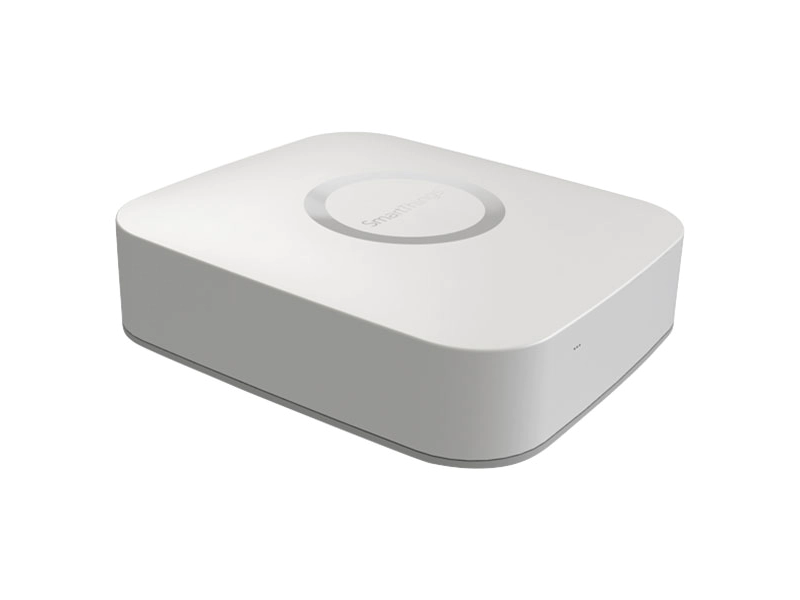
The Samsung SmartThings Hub is a versatile and robust piece of technology, serving as a central point of control for a wide range of compatible smart home devices. This hub is particularly known for its broad device compatibility, making it a popular choice among users who have, or plan to have, a diverse set of smart devices. Beyond Zigbee and Z-Wave, the hub also supports a variety of other connectivity protocols.
The setup process is straightforward, and the associated SmartThings app, while sometimes criticized for its complexity, is comprehensive and feature-rich. However, one drawback is that it requires an active internet connection to function, which might pose reliability issues.
Features:
- Compatible with a wide range of devices.
- Easy setup and user-friendly app.
- Allows automation of devices via routines.
Pros:
- Offers broad device compatibility.
- Supports both Zigbee and Z-Wave devices.
Cons:
- Requires internet to function.
- Some users find the app interface a bit complex.
2. Amazon Echo (4th Gen)
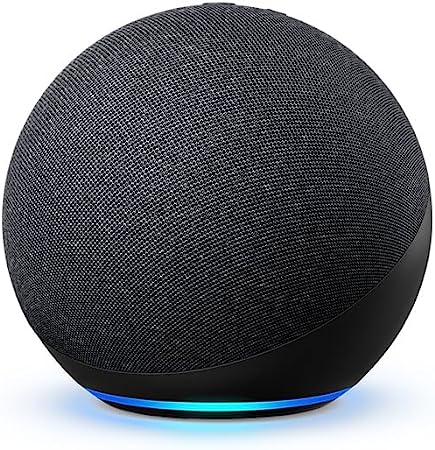
The Amazon Echo (4th Gen) is more than just a smart speaker. With its built-in Zigbee hub, it can serve as the command center for a host of smart home devices. You can control your smart devices using Alexa voice commands, creating a hands-free and accessible smart home experience.
The Echo supports many other smart home protocols, ensuring compatibility with a wide variety of devices. However, privacy concerns due to its always-listening microphones, and the limited device compatibility outside of Amazon’s ecosystem, are aspects to consider before choosing this hub.
Features:
- Built-in Zigbee hub.
- Works with Alexa voice commands.
- Supports many other smart home protocols.
Pros:
- Doubles as a speaker with excellent sound quality.
- Allows voice control of smart home devices.
Cons:
- Privacy concerns due to always-listening microphones.
- Limited to Amazon’s ecosystem.
3. Philips Hue Bridge
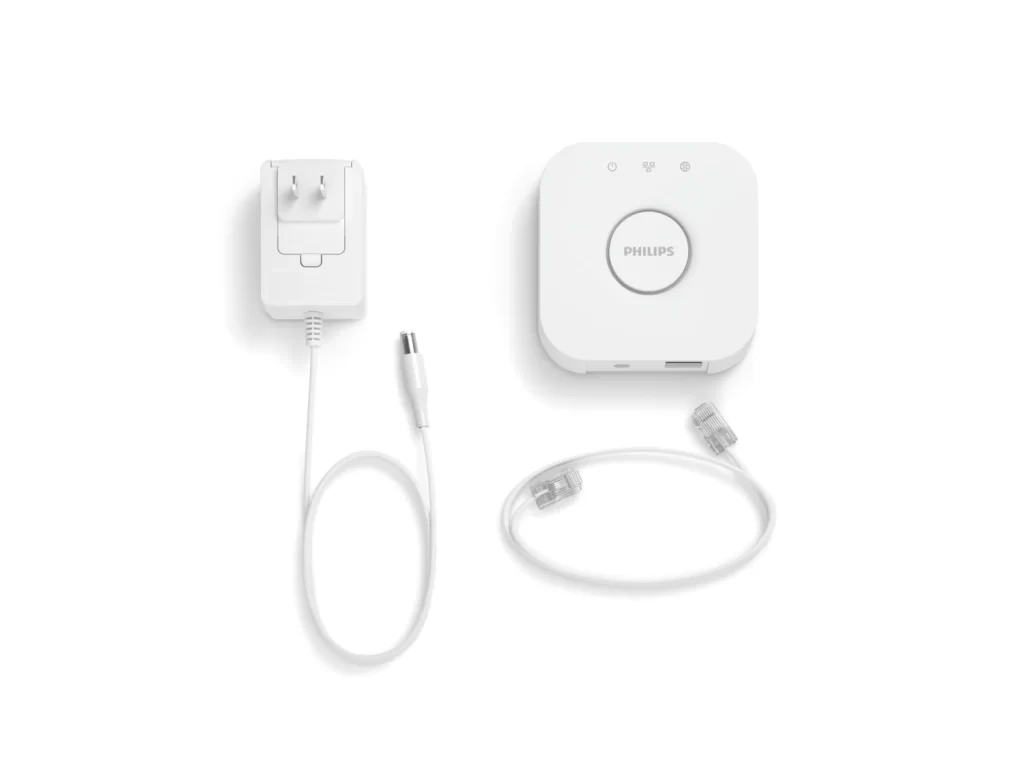
The Philips Hue Bridge is designed specifically for the Philips Hue lighting system. This hub can support up to 50 lights and accessories, ensuring even larger homes can enjoy the Hue ecosystem. It provides an intuitive setup and user experience through the Philips Hue app, giving you comprehensive control over your lighting environment.
The bridge offers reliable and fast response times, and you can control your lights remotely. Its compatibility is mainly limited to Philips Hue products, and it requires an Ethernet connection for operation.
Features:
- Designed specifically for Philips Hue products.
- Supports up to 50 lights and accessories.
- Easy setup and use with the Philips Hue app.
Pros:
- Reliable and fast response times.
- Ability to control lights even when away from home.
Cons:
- Primarily works with Philips Hue products.
- Requires an Ethernet connection.
4. Hubitat Elevation
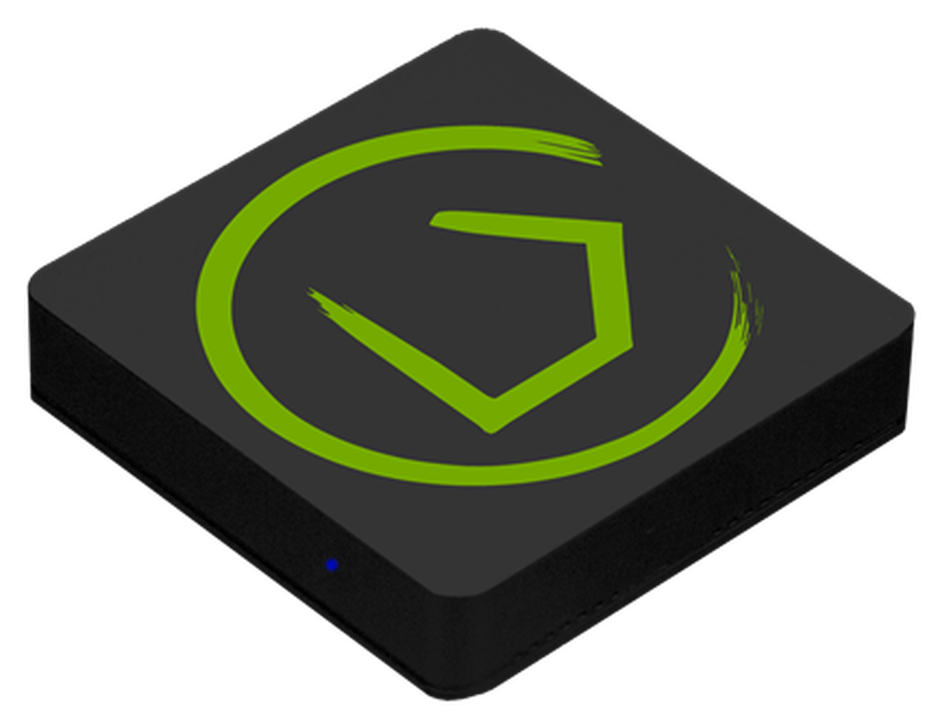
Hubitat Elevation stands out from many other hubs due to its local processing capability. This means your automation rules and device controls are processed locally, leading to increased speed and reliability, and continued operation even during internet outages.
This hub is highly customizable and supports a range of protocols, including Zigbee, Z-Wave, and LAN-connected devices. However, this power and flexibility come with a steeper learning curve, and the user interface may not be as sleek or intuitive as some of its competitors.
Features:
- Local processing for increased speed and reliability.
- Advanced automation capabilities.
- Supports Zigbee, Z-Wave, LAN, and Cloud-connected devices.
Pros:
- Doesn’t rely on the cloud; it still functions if your internet goes down.
- Excellent customization options.
Cons:
- Steeper learning curve.
- User interface isn’t as polished as competitors.
5. Wink Hub 2
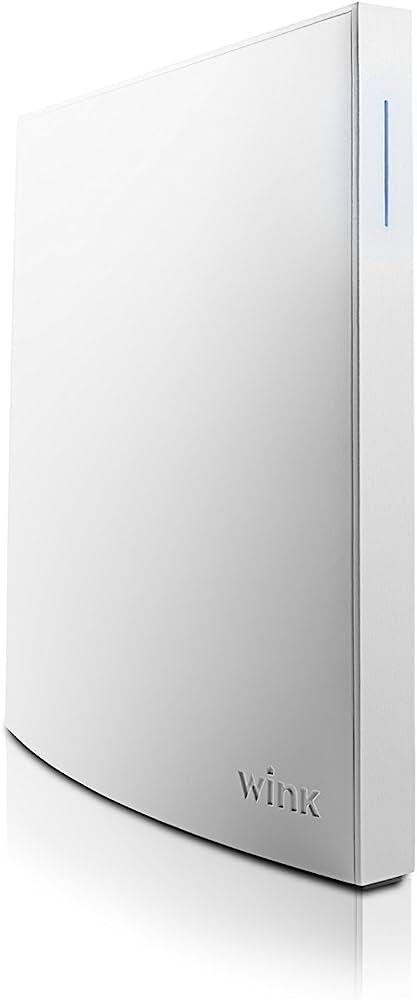
The Wink Hub 2 supports a wide variety of smart home protocols, including Zigbee, and boasts a sleek and attractive design. The hub is user-friendly, with a simple setup process and an app that features device auto-discovery. Its compatibility with a large number of devices gives you flexibility in building your smart home system.
Wink Hub 2’s operations are reliant on the cloud, which could pose potential issues with reliability. Also, the company’s stability and long-term support for the product have been areas of concern among users.
Features:
- Supports a wide variety of smart home protocols.
- Easy setup process through the Wink app.
- Auto-discovery of smart devices.
Pros:
- Compatible with a large number of devices.
- Sleek and attractive design.
Cons:
- Reliant on the cloud to operate.
- Company stability and long-term support has been a concern.
The End
Zigbee hub that suits you best depends entirely on what you need, which devices you own, how tech-savvy you are, and how comfortable you are using these gizmos. With this guide in your hands, you should be ready to take the leap into building a cozier, smarter home.

